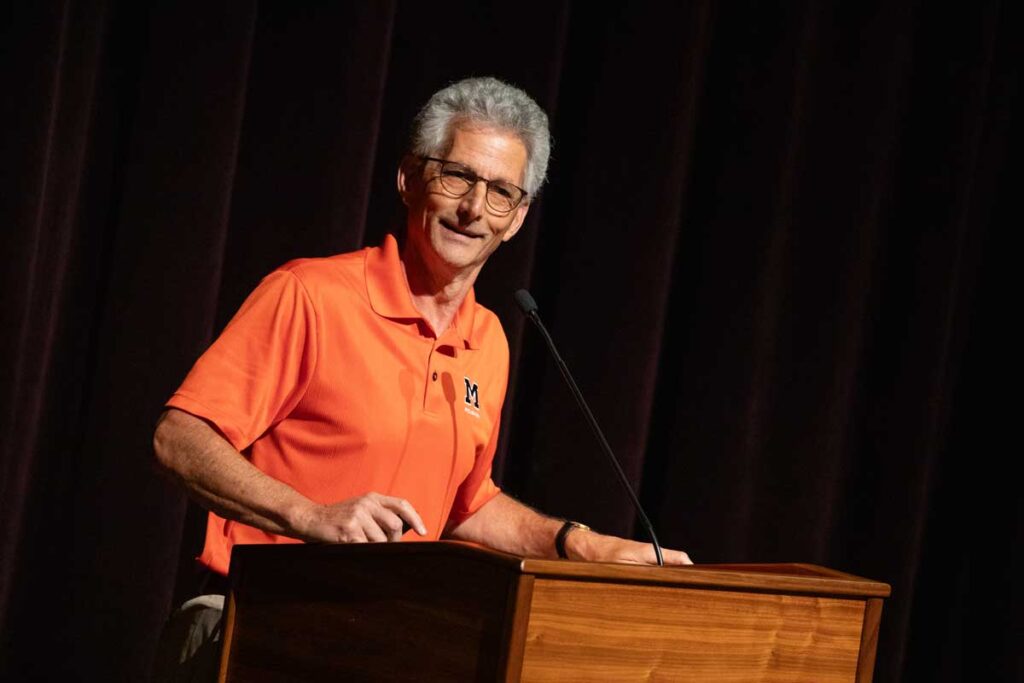I have written a few articles about the state of Texas’ ambitious 60x30TX strategic plan for providing a postsecondary education to at least 60 percent of its residents by the year 2030. The most recent one was about their revised debt metrics.
Last week, the Texas Higher Education Coordinating Board (THECB) announced and released an update to the 60x30TX plan.
The new plan is called the 2022-2030 Strategic Plan with a theme of Building a Talent Strong Texas. Reaffirming the need to provide more postsecondary credentials to Texas residents to compete more successfully in an ever-changing economy, the plan focuses on three measurable, data-driven goals:
- At least 60 percent of Texans ages 25-64 will have a postsecondary credential of value by 2030. This is an expansion from the previous age peak of 34.
- Postsecondary credentials will be aligned with workforce demands such that they raise incomes for 550,000 Texans annually while targeting 95 percent of students to graduate with no undergraduate student debt or manageable levels of debt in relation to their earnings.
- Texas will be a leading state in generating knowledge through basic and applied research and translating that research to innovations, discoveries, and economic development with a target of $1 billion in annual private and federal research and development expenditures by 2030. Texas institutions of higher education will award 7,500 research doctorates annually.
Data for the report’s indicators will be disaggregated and reported by race, gender, income level, and geographic area to monitor that all goals are being advanced equitably and that all Texans have an opportunity to succeed. More than 95 percent of Texas’ population growth over the past decade was in communities of color and the THECB wants everyone to succeed.
One of the major shifts in the new plan was the expansion of the 25-34 age group to 25-64. The THECB explains that Texas cannot address the workforce needs of the future by solely focusing on traditional college students and early-career Texans. Beginning with the new plan, data will be tracked for mid-career employees to see that they can advance in their careers and that the changing demands of Texas employers can continue to be met. Higher education institutions will be encouraged to expand work-based learning and offer a broader array of credentials, some of which the state has never tracked or measured.
Like the 60X30TX original plan, the state intends to establish and maintain a statewide repository with information on all credentials offered by Texas institutions of higher education and other providers including non-degree, postsecondary credentials of value.
Texas will modernize the state’s educational and workforce data infrastructure, including improved collection of occupation-specific data to better inform students, educators, institutional leaders, employers, and the public about the talent pipeline while maintaining student privacy.
Through the governor’s Tri-Agency Workforce Initiative, the THECB, Texas Workforce Commission, and Texas Education Agency will expand high-quality education and workforce training opportunities that empower Texans to achieve their full potential.
Research, Development, and Innovation is a new goal for the THECB. Texas states that higher education institutions play a vital role in generating knowledge through basic and applied research and working with businesses to translate innovations and discoveries into new inventions or treatments. Some of these innovations can be commercialized into new companies and will create new jobs.
Research and emerging research universities and health science centers should recruit and retain world-class scholars and innovators. They should also provide modern campus research infrastructure and support robust industry partnerships. Community colleges, regional universities, and regional collaboratives will also be encouraged to build new industry partnerships and collaborative models to drive research and innovation.
Two new measurable targets were established for research, development, and innovation. The first goal will be to increase the annual private and federal research and development expenditures to $1 billion. The second goal will be to award 7,500 research doctorates per year from Texas colleges and universities.
I like the strategic revisions made to the 60x30TX plan. The report explains that the continuing growth of Texas’ population and economy as well as the impact from the COVID-19 pandemic triggered a review of the existing plan and an expansion to the wider age range as well as new funding targets for applied research and doctoral graduates.
As previously noted, the THECB publishes an Almanac. The 2021 Almanac can be found here. It contains 85 pages of data about the state’s two-year and four-year institutions, a statewide overview, and data specific to the 60x30TX plan. Included in the data are comparisons of Texans’ education to citizens of other states as well as regions across the state of Texas. Earnings data and comparisons are included as well.
For illustrative purposes, I decided to include one of the many informative reports in the Almanac. This report provides data about graduation success by cohort for students attending Texas’ two-year and four-year public institutions.
For more data like this, I highly recommend researchers and policy makers read this highly informative report. Taxpayers and policymakers should have something like the Almanac for every state.
I continue to be enthused about the level of transparency as well as the goals of the 60x30TX strategic plan. The governor’s Tri-Agency Workforce Initiative is an example of the type of complex, adaptive coalitions that Thomas Friedman says are necessary to provide solutions to keeping our workforce skilled and upskilled to meet the needs of employers. Importantly, the data generated by the three agencies is regularly reviewed in reports issued by 60x30TX, the THECB, and other agencies. Regular reporting and availability of data will keep the institutions and schools working hard to collaborate to achieve these state-wide goals.












